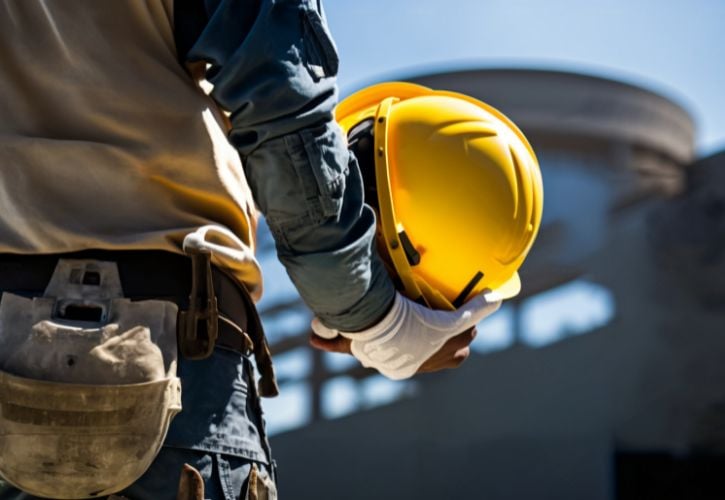Table of Contents
Wearing protective gear is necessary when working on dangerous job sites, but they come with complications and common problems that workers need to know about.

Working in a special trade like construction, industrial, electrical, or any other dangerous industry requires the workers to gear up. PPE keeps them safe and secures them while operating machinery and maneuvering throughout the site. However, the gear isn’t always completely perfect. Check out these common problems that come with wearing protective gear.
Excessive Sweating
Working construction outside during the summer is hot and uncomfortable. Even if your job requires you to be inside and not on a construction site, the gear can get stifling. For example, working at a power plant might require employees to cover themselves from head to toe.
Eventually, workers will break into a sweat—and while protective gear keeps them safe, it doesn’t leave much breathing room. Be sure to take frequent breaks and air out whenever you’re wearing protective gear. After all, working in uncomfortable conditions can lead to accidents happening on the floor.
Ill-Fitted Hats
Hard hats are non-negotiable for several different jobs. Head injuries are extremely serious, and a hard hat prevents a high percentage of them from happening. However, that potential protection means nothing if the hat doesn’t do its job.
Finding the perfect hard hat for you is crucial because they’re not universal. These hats may seem like they’re one-size-fits-all, but they’re not. Hard hats have different classifications, and operators need to be aware of them so that they choose one that performs properly. For example, if you work in the electrical trade, your hard hat needs to protect you from high-voltage shocks.
Fogged Goggles
What good are goggles if they fog up and obscure your view? Full visibility is vital in all dangerous fields. Fogged-up goggles, face shields, and spectacles cause 88 percent of accidents on a work site.
Anti-fog wipes, sprays, and gels prevent or eliminate the problem of fogging. Make sure these anti-fog treatments are available wherever workers put on or take off their PPE, including break and rest areas. Or consider investing in glasses with built-in anti-fog protection.
Suffocation and Nausea
Suffocation and nausea are common symptoms to happen on a job site. Suffocation happens from several different things. The industrial masks on your face should allow for oxygen access and easy breathing, but it’s not perfect.
Workers often feel short of breath and lightheaded because of the strength of the masks. The strings along the side that connect behind the ears could be too tight and cause nausea and lightheadedness. Take frequent breaks and loosen the straps on the masks, not too much that it loses its protection but enough that it doesn’t affect your ability to work. Avoid these common problems when wearing your PPE gear, and perform every job with expert care.
